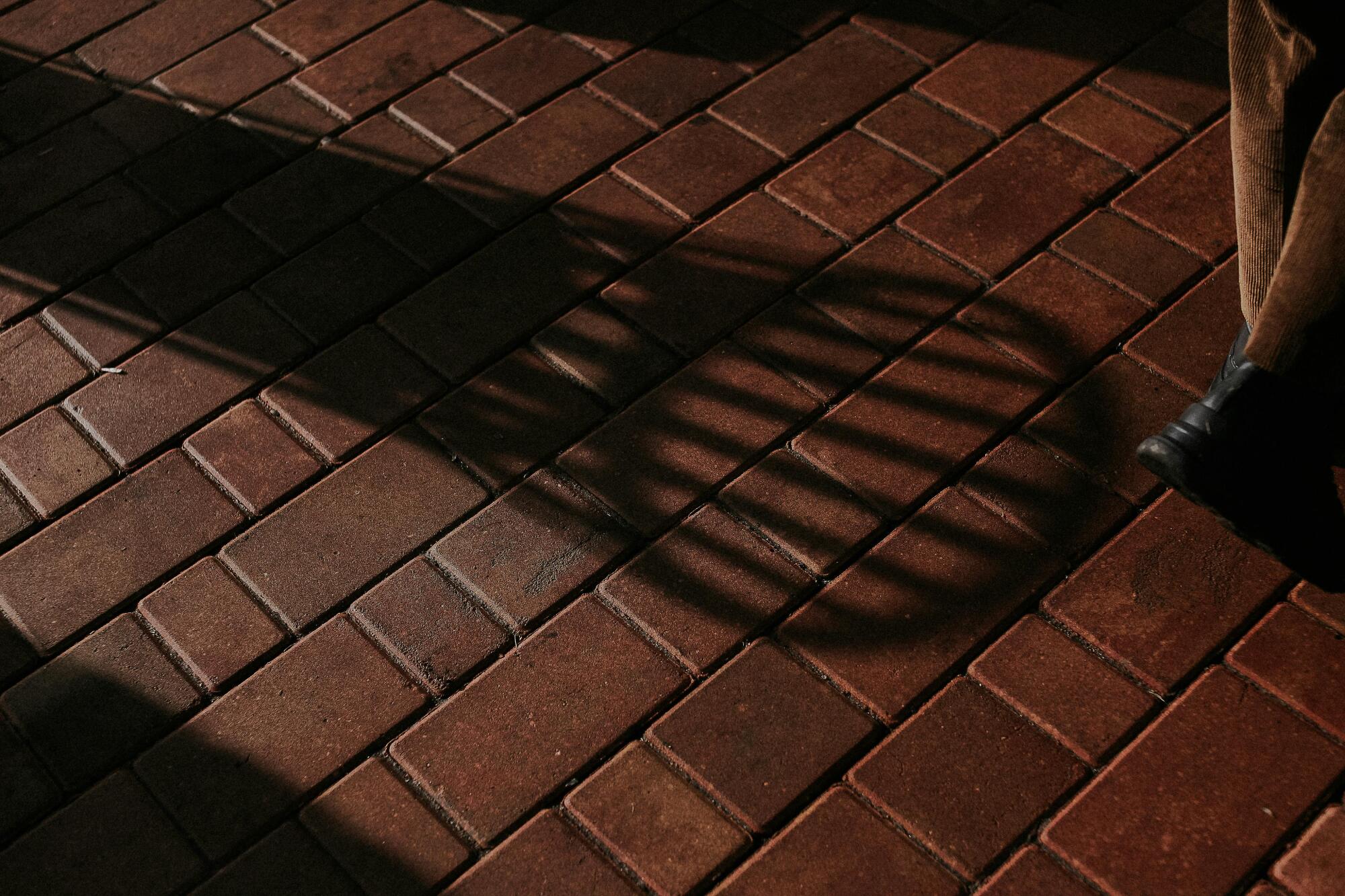
Choosing the right type of flooring can be challenging, especially with so many options available. Among the choices are brick veneer flooring and traditional brick flooring.
Both offer unique benefits and aesthetics, but which one is right for you?
Let’s explore the differences, advantages, and potential drawbacks of each to help you make an informed decision.
What is Brick Veneer Flooring?
Brick veneer flooring is made from thin brick for floors, usually about half an inch to an inch thick. These slices are adhered to a substrate, which can be concrete, wood, or another type of flooring material. The result is a floor that looks like it’s made of full bricks but is much lighter and easier to install.
What is Traditional Brick Flooring?
Traditional brick flooring involves using full-sized bricks, typically laid on a bed of mortar or sand. This type of flooring is more robust and durable, often used in areas with heavy foot traffic or where a rustic, solid appearance is desired.
Brick Veneer Flooring Installation
Installing brick veneer flooring is generally easier and less time-consuming than installing traditional brick flooring. Here’s a step-by-step overview of the process:
Preparation
The existing floor must be clean, dry, and level. Any debris or uneven surfaces need to be addressed.
Layout
Plan the layout to ensure the bricks fit properly. This might involve cutting some of the veneer pieces to fit around edges and corners.
Adhesive Application
Apply a thin layer of adhesive to the substrate.
Placement
Place the brick veneers on the adhesive, pressing them down firmly.
Grouting
Once the adhesive has been set, apply grout between the bricks to fill in the gaps.
Sealing
After the grout has dried, seal the floor to protect it from moisture and stains.
Traditional Brick Flooring Installation
Installing traditional brick flooring is more labor-intensive and requires more materials. The process typically includes the following steps.
Preparation
Similar to brick veneer, the existing floor must be clean, dry, and level.
Mortar Bed
Spread a layer of mortar over the floor to act as a base for the bricks.
Brick Placement
Lay the full-sized bricks on the mortar bed, ensuring they are level and evenly spaced.
Grouting
Apply grout between the bricks once they are in place.
Sealing
Seal the bricks to protect them from moisture and stains.
Durability and Maintenance
Here’s a maintenance and durability comparison for both types of brick flooring.
Brick Veneer Flooring
Brick veneer flooring is durable and can withstand moderate foot traffic. However, it is not as strong as traditional brick flooring. Maintenance involves regular sweeping and occasional mopping. Sealing the floor periodically helps protect it from stains and moisture damage.
Traditional Brick Flooring
Traditional brick flooring is extremely durable and can handle heavy foot traffic, making it ideal for commercial spaces or high-traffic areas in homes. Maintenance is similar to brick veneer but may require more frequent sealing, especially in high-moisture areas.
Cost Comparison
Here’s a comparison of the average costs for both types of brick flooring.
Brick Veneer Flooring
Brick veneer flooring is generally less expensive than traditional brick flooring. The materials cost less, and the installation process is quicker and requires fewer materials, reducing labor costs.
On average, brick veneer flooring can cost anywhere from $6 to $12 per square foot.
Traditional Brick Flooring
Traditional brick flooring is more costly due to the price of full-sized bricks and the more labor-intensive installation process. However, its durability can make it a cost-effective choice in the long run, especially for high-traffic areas.
The average cost for traditional brick flooring ranges from $10 to $20 per square foot.
Aesthetic Appeal
Brick Veneer Flooring
Brick veneer flooring offers a similar aesthetic to traditional brick flooring but with more flexibility in design. Since the veneer pieces are thinner, they can be used in more applications and combined with other materials more easily.
This type of flooring is perfect for achieving a rustic or industrial look without the weight and bulk of traditional bricks. They are versatile and can be used in a variety of applications, including:
- kitchens, living rooms, and hallways
- restaurants, cafes, and retail stores
- accent Walls
Traditional Brick Flooring
Traditional brick flooring provides a classic, solid appearance that is hard to replicate with other materials. The full-sized bricks give a sense of permanence and durability.
This flooring is ideal for creating a timeless, robust look, particularly in outdoor spaces. It is best suited for:
- patios, walkways, and garden paths
- entryways, foyers, and commercial spaces
- kitchens, mudrooms, and basements
Environmental Impact
Brick Veneer Flooring
Brick veneer flooring uses fewer materials than traditional brick flooring, which can make it a more environmentally friendly option. The manufacturing process for veneers is also less energy-intensive, and there is less waste associated with the installation process.
Traditional Brick Flooring
Traditional brick flooring requires more materials and energy to produce and install. However, bricks are made from natural materials and can be recycled or repurposed, which helps mitigate some of the environmental impacts. The long lifespan of traditional brick flooring also means it won’t need to be replaced as frequently as other types of flooring, reducing waste over time.
Which One is Right for You?
Choosing between brick veneer flooring and traditional brick flooring depends on your specific needs, budget, and design preferences. Here are some considerations to help you decide.
Choose brick veneer flooring if you are looking for a cost-effective option or a quick and easy installation process.
On the other hand, choose traditional brick flooring if you are looking for durability and longevity. Ensure you are willing to invest more in a timeless, classic look.
Making Your Choice: Brick Veneer Flooring vs Traditional Brick
Both brick veneer flooring and traditional brick flooring offer unique benefits and can enhance the beauty and functionality of your space. By considering factors such as installation, cost, durability, maintenance, and aesthetic appeal, you can determine which option is best suited to your needs.
Whether you choose the lightweight, versatile brick veneer or the timeless, durable traditional brick, both options can add warmth and character to your home or commercial space.
For more on this topic, feel free to visit the rest of our blog!




